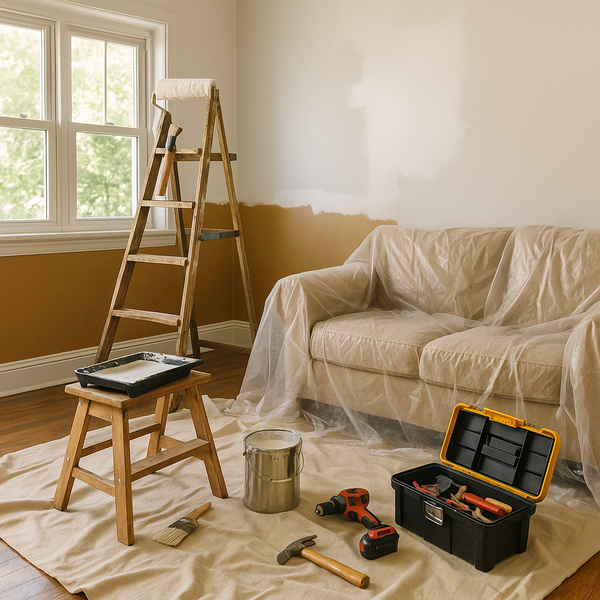
Home renovation is an exciting journey to revamp and enhance living spaces, adding both function and style. Whether you're looking to make your home more comfortable or increase its value, practical renovation approaches can be both cost-effective and rewarding. Let's explore some essential tips that can help guide your home renovation project.
1. Plan Your Renovation in Phases
Embarking on a renovation project without a clear plan can lead to confusion and overspending. Start by identifying the key areas that need improvement and prioritize them. Phasing your renovation allows you to manage costs effectively and focus on one area at a time. It also helps in minimizing the disruption to your daily life. Consult with professionals who can provide insights into current trends and potential challenges specific to your home.
2. Set a Realistic Budget
Budgeting is a crucial step in home renovation. Begin by determining how much you are willing to spend and then research the costs associated with each part of the project. Be sure to include a contingency fund for unexpected expenses. A well-planned budget helps in avoiding financial strains and ensuring the project is completed within the expected timeframe. Engage with contractors who can provide transparent quotes and help you stay within your financial limits.
3. Focus on Energy Efficiency
Incorporating energy-efficient solutions in your renovation can lead to long-term savings. Consider installing high-quality insulation, energy-efficient windows, and appliances. Lighting can also significantly impact energy use; therefore, opting for LED lights can reduce electricity consumption. Enhancing your home's energy efficiency not only reduces utility costs but also enhances its overall value and appeal.
4. Enhance Functionality and Aesthetics
Renovation is not only about improving looks but also about making your space more functional. Think about your lifestyle and how your home can better serve your needs. This might include open floor plans for socializing, additional storage spaces, or modern kitchen upgrades. Aesthetically, choose colors and materials that reflect your personality and ensure that they complement the existing structure of your home. The right balance of function and design can transform your home into a haven of comfort and style.
5. Choose Quality Materials
When renovating, investing in quality materials is vital for durability and longevity. Select materials that withstand wear and tear, especially in high-traffic areas. Though high-quality options may seem expensive upfront, they often save money in repairs and replacements in the long run. Explore sustainable materials that are friendlier to the environment and add a timeless touch to your home. Work with expert craftsmen who can execute the project with precision and care.